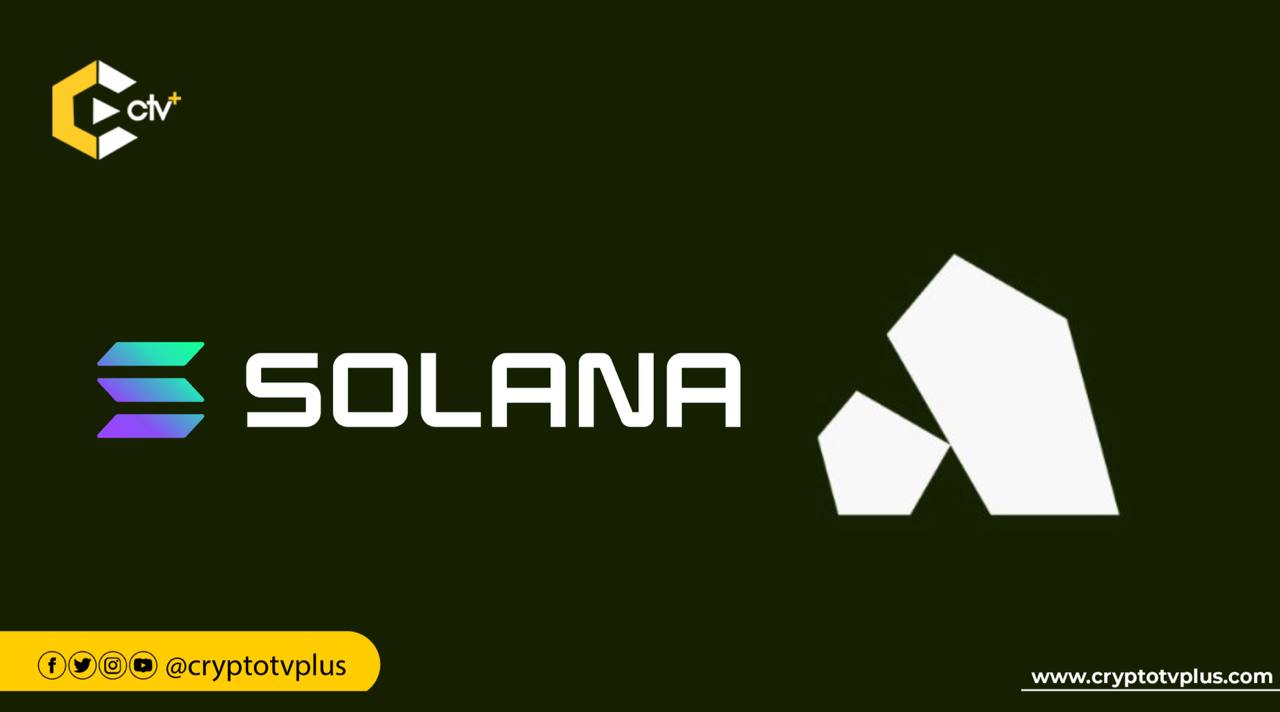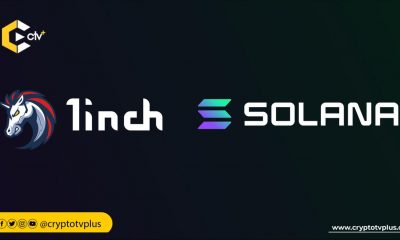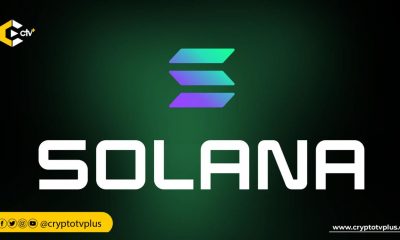News
How will Anza’s consensus change proposal shape Solana?

Solana (SOL) experienced a recovery in Monday’s U.S. trading hours, sparked by the announcement of Alpenglow, a new consensus mechanism that will replace the current Proof-of-History and TowerBFT protocols.
The Solana ecosystem introduced Alpenglow, a new consensus model, to phase out the network’s Proof-of-History mechanism.
“We believe that the release of Alpenglow will be a turning point for Solana. Alpenglow is not only a new consensus protocol, but the biggest change to Solana’s core protocol since, well, ever,” Anza’s Quentin Kniep, Kobi Sliwinski and Roger Wattenhofer said on May 19.
At the Solana Accelerate event held on Monday, Anza, the research firm leading the development of the new model, officially announced it.
Alpenglow focuses on improving the speed of Solana’s consensus process, aiming to bring block finality down to a median of 150 milliseconds from the current 12.8 seconds.
“A median latency of 150 [milliseconds] does not just mean that Solana is fast — it means Solana can compete with Web2 infrastructure in terms of responsiveness, potentially making blockchain technology viable for entirely new categories of applications that demand real-time performance.”
Alpenglow will replace Solana’s current consensus mechanisms by introducing Votor and Rotor to handle the network’s revised voting and finalization logic.
Depending on how much stake validators hold, Votor will function as the voting layer and may finalize each block once or twice.
If an 80% stake participates, the protocol finalizes in a single voting round; if only 60% participate, it requires a second round.
Rotor takes a different approach by using Solana’s Turbine design to facilitate data transmission.
To decrease the constant “hops” during data transfer, Rotor will move away from Turbine’s multilayer tree model and adopt single-layer nodes instead.
“Like Turbine, Rotor utilizes the bandwidth of participating nodes proportionally to their stake, alleviating the leader bottleneck for high throughput,” Anza added.
In a post on X this Monday, Solana founder Anatoly Yakovenko praised the Alpenglow model for its “simple and elegant design that’s really easy to intuit.”
The Solana Foundation announced that the Alpenglow prototype has gone live and invited the community to test it.
Developers may adopt the new consensus on the Solana testnet within the next few months.
A mainnet upgrade depends on the submission of a Solana Improvement Document (SIMD) proposal, which the community expects before the year ends.
After the announcement, traders kept SOL’s support close to $163, coinciding with both the 100-period Simple Moving Average and the lower limit of an ascending channel on the 4-hour chart.























8 Comments